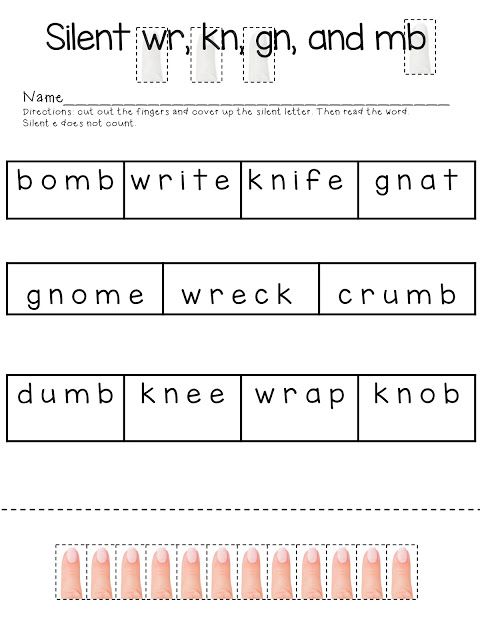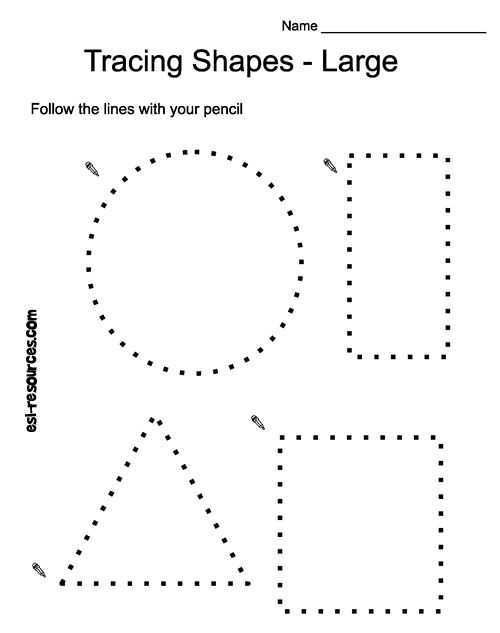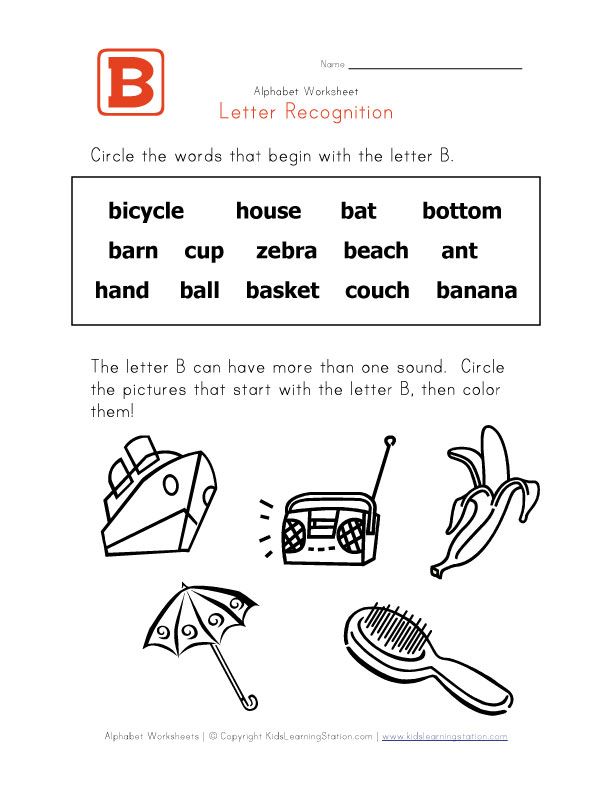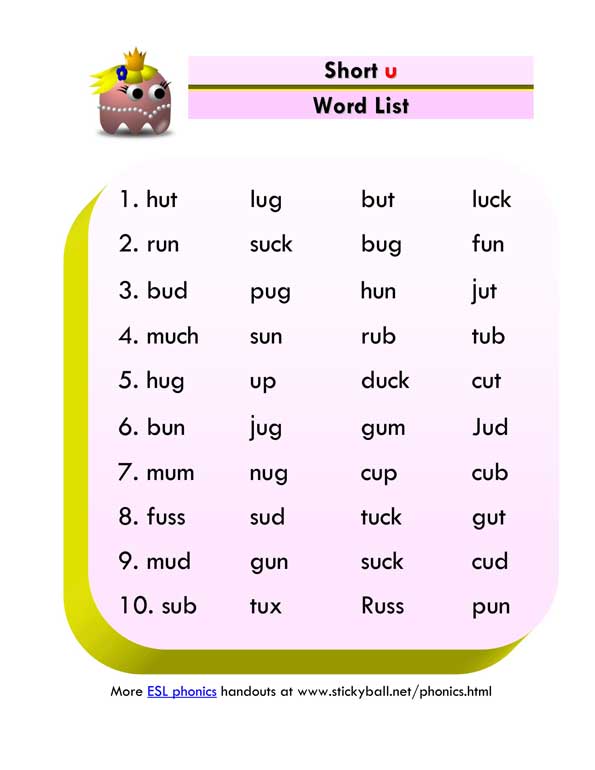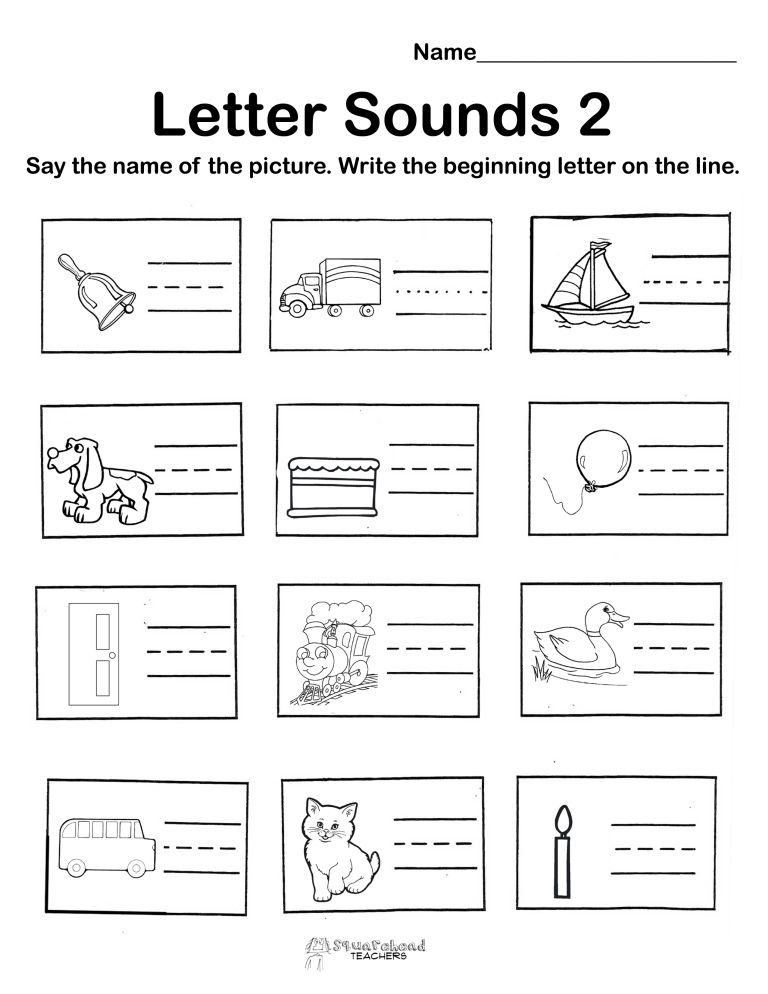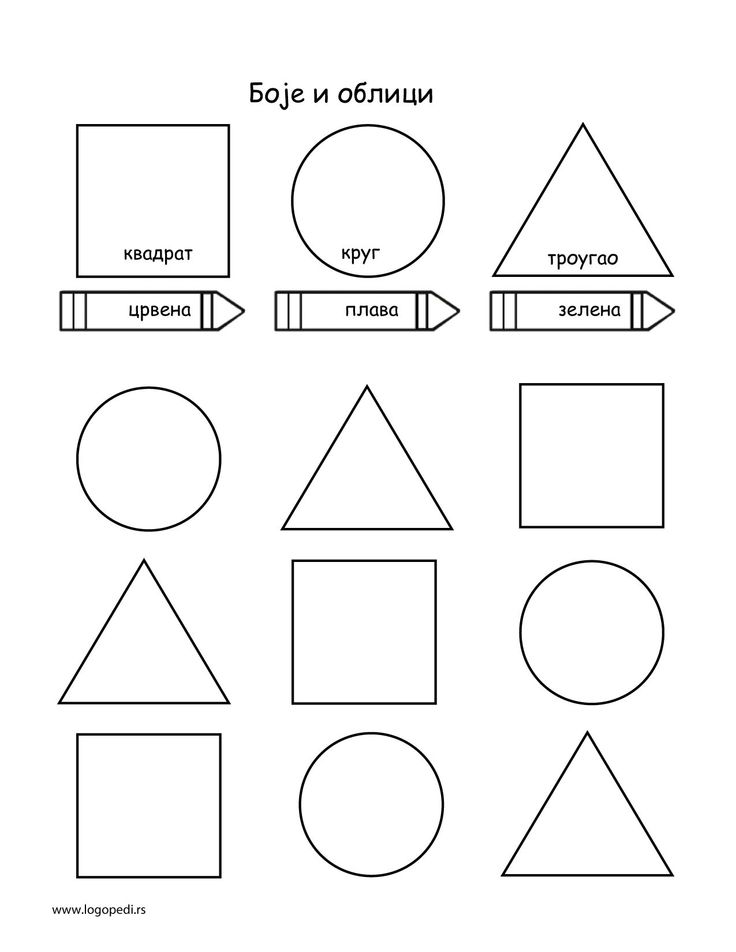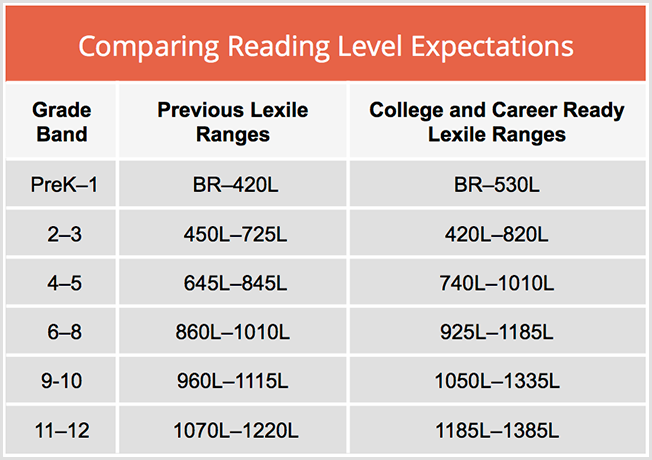Sound out the words
Helping Kids Sound Out Words (+ FREE Downloads!)
by Marie Rippel
When you read, you probably don’t spend much time decoding the individual words. You just read, and as you get to each word, you instantly recognize it. But beginning readers don’t have that kind of instant recall yet, so it is important to teach them how to sound out words.
What Does “Sounding Out Words” Mean?
When you sound out a word, you say each sound in the word slowly (s…i…t), and then say the sounds together more quickly (sit). The technical term for this process is blending because sounds are blended together to form a word. Here’s a quick demo:
Our free Blending Procedure PDF has complete step-by-step instructions for both one-syllable and multisyllabic words.
Why Is Sounding Out (or Blending) Important?
When a child can say the sounds of the letters in the order in which they appear, and can then blend those sounds into a recognizable word, she is able to read thousands of phonetically regular words.
Because it unlocks so many words, blending is an important step toward the goal of reading comprehension. In fact, research shows that learning to sound out words has a powerful effect on reading comprehension.1
What Kids Should Know Before Sounding Out Words
Before you attempt to teach your child to sound out words, check to see if he is ready. Here’s a free Reading Readiness Checklist for you to download. If you discover that your child isn’t quite ready for reading instruction, you can use the All About Reading Pre-reading program to prepare.
After you’ve used the checklist to ensure that your child is ready to learn to read, it’s time to teach the letter-sound correspondences of several letters of the alphabet.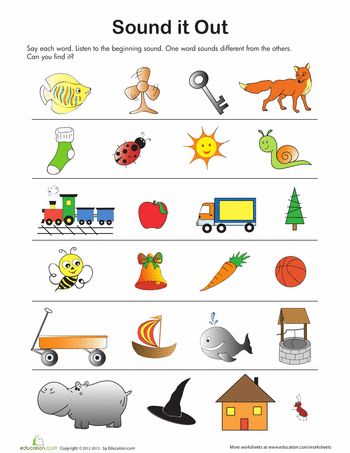 The letters M, S, P, and A are a good place to start because the sounds are easy to pronounce and several interesting words can be formed right away.
The letters M, S, P, and A are a good place to start because the sounds are easy to pronounce and several interesting words can be formed right away.
Before we get into the four easy steps for teaching blending, let’s discuss a problem that many beginning readers encounter. Recognizing this problem will help you better understand the steps for blending.
Short-term Memory Issues Can Affect Blending
When kids first learn how to decode three-letter words, they have to juggle several cognitive processes simultaneously:
- They must recognize the letters.
- They must retrieve the sounds of those letters.
- They must hold all three sounds in the memory while they sound out the word.
There is a lot going on in their brains! In fact, it is very common for beginning readers to have difficulty with standard blending procedures. Just about anyone who has taught blending has encountered a situation like this:
What just happened there? Here’s the problem: by the time the child got to the third letter, he had forgotten the sounds of the first two letters, and then had to resort to guessing.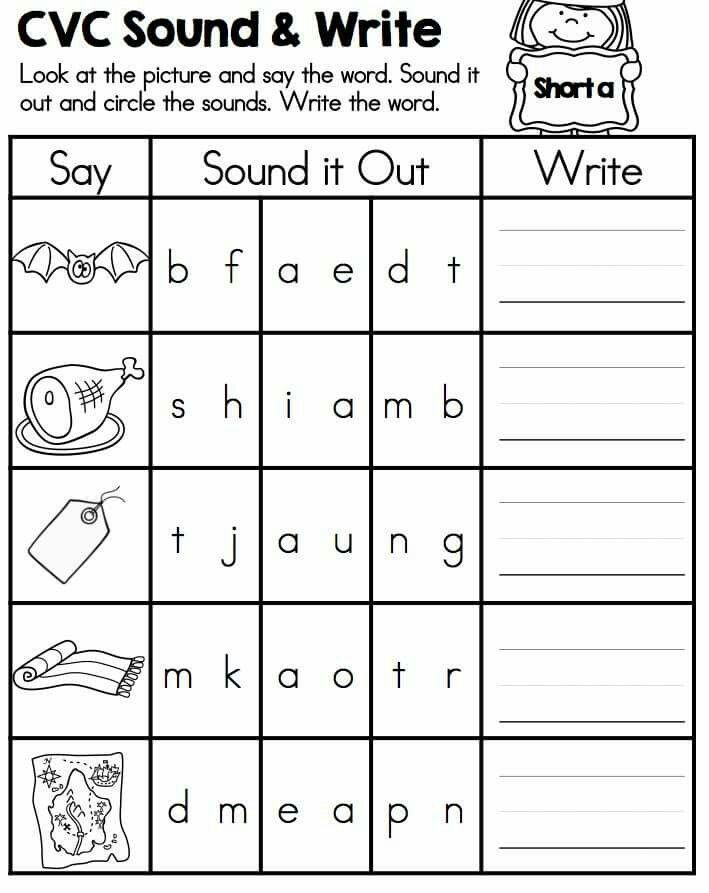 But it’s not that kids can’t remember three things in a row—it’s just that there are too many competing processes going on in their heads at once.
But it’s not that kids can’t remember three things in a row—it’s just that there are too many competing processes going on in their heads at once.
It’s easy to understand the problem. But what can we do to help?
“Cumulative Blending” Solves This Problem
Cumulative blending is quite simple. Start by building a phonetically regular word with the Letter Tiles app or physical letter tiles and then follow the steps below. We’ll demonstrate with the word map.
- Touch one letter at a time and say the sound of each letter.
- Go back to the beginning of the word and blend the first two sounds together.
- Start over at the beginning of the word. Slide your finger under the letters and blend all three sounds together.
- Finally, say the word at a normal pace, as we do when we speak.
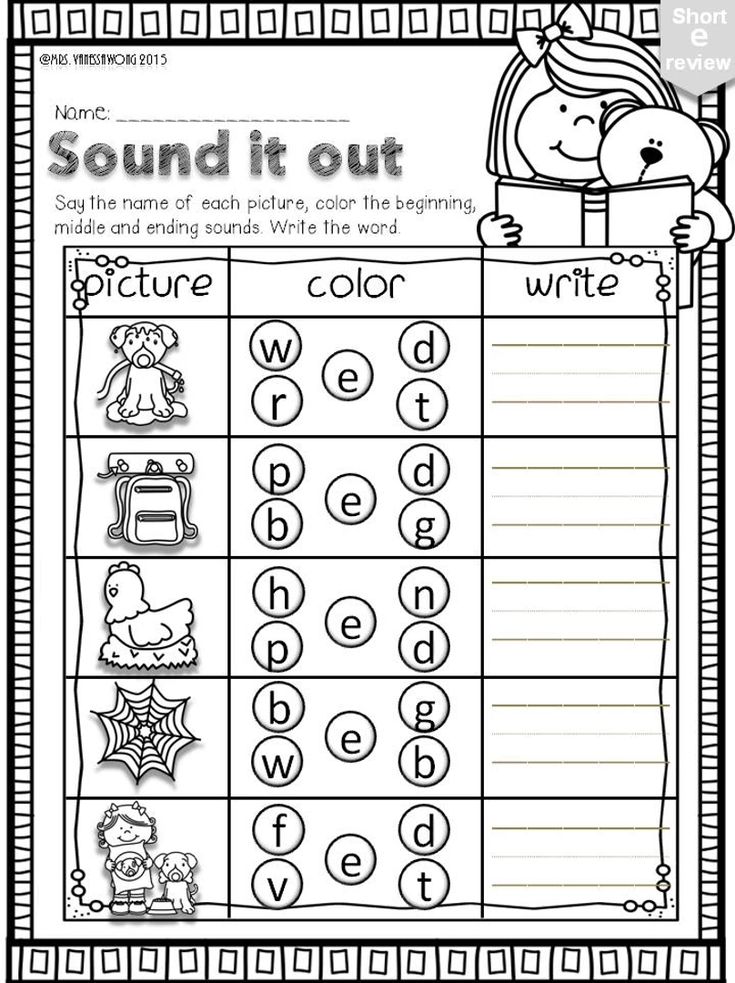
This is called cumulative blending because there are successive additions of the letter sounds. First we blend the first two sounds (/mă/). Then we start at the beginning of the word again, this time blending all three sounds (/măp/). If there were more sounds in the word, as in split, we’d start at the beginning of the word for each successive addition:
/sp/
/spl/
/splĭ/
/splĭt/
Cumulative blending provides the extra support, or “scaffolding,” that beginning readers need. When you feel your student is ready, he can try blending all three letters without this additional step, but don’t try to withdraw the support too soon. These steps and the support they provide help memory issues immensely.
Download a Free Blending Lesson
Would you like to see how we teach blending in the All About Reading program? Download this sample lesson!
This is the first lesson in AAR Level 1.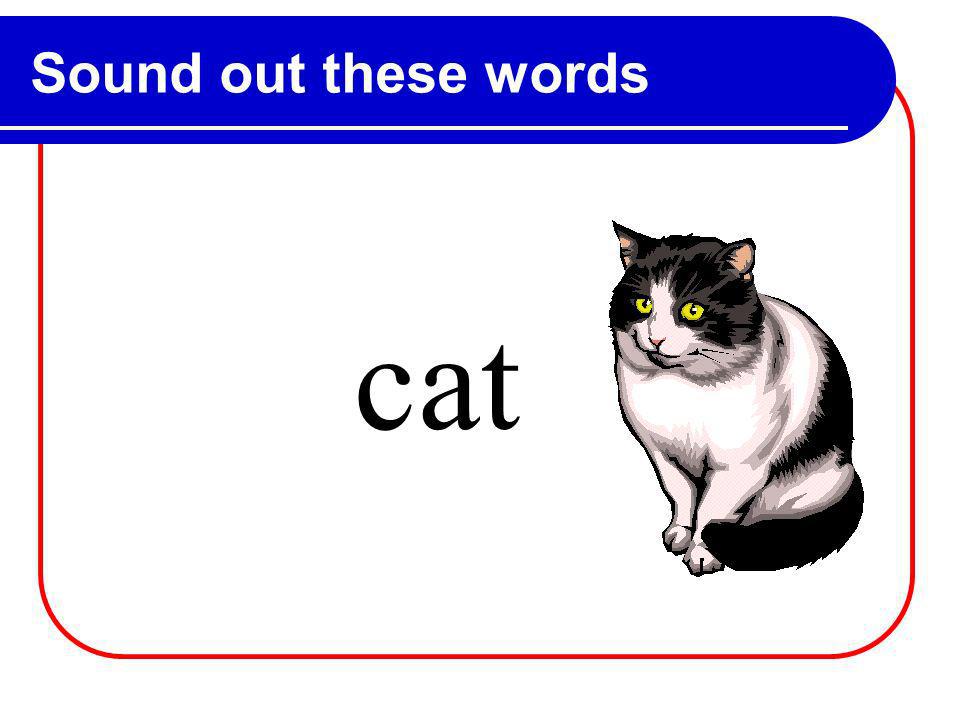 The blending activities start on page 4 of the PDF.
The blending activities start on page 4 of the PDF.
The All About Reading program walks you through blending and all the skills your student needs to become a strong reader. The program is multisensory, motivating, and complete. And if you ever need a helping hand, we’re here for you.
What’s your take on teaching kids to sound out words? Have anything else to share? Let me know in the comments below!
___________________________________
1 University of Royal Holloway London. (2017, April 20). Phonics works: Sounding out words is best way to teach reading, study suggests. ScienceDaily. Retrieved May 1, 2017 from www.sciencedaily.com
How to Sound Out Words
(from The Teacher’s Guide: Third Grade to Adult Edition)
If a student encounters a word that he does not know how to decode, he must sound out the word. Sounding out a word refers to the process of decoding a word by identifying the sounds of each individual letter in the word and then blending those sounds together.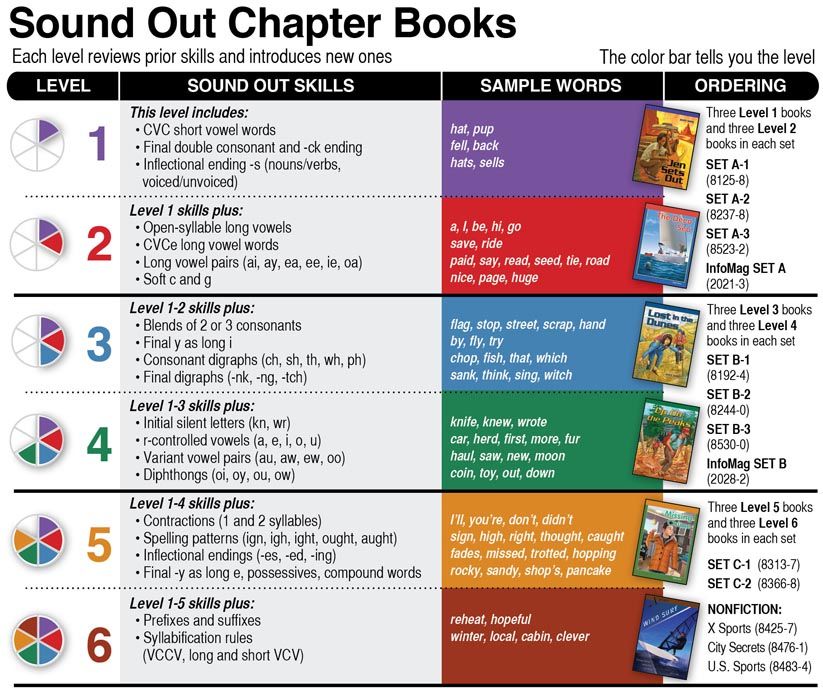 A student sounds out a word when he does not know the identity of the word. There is a specific sequence of steps to follow when using this sounding-out procedure. When a student is sounding out a word, have him perform the following steps, and insist that this sequence of activities be systematically followed.
A student sounds out a word when he does not know the identity of the word. There is a specific sequence of steps to follow when using this sounding-out procedure. When a student is sounding out a word, have him perform the following steps, and insist that this sequence of activities be systematically followed.
Procedure To Follow When Sounding Out an Unknown Word:
Step One: Always begin by identifying the vowel sound.
Step Two: After accurately identifying the vowel sound, identify the consonant sound that immediately follows the vowel sound.
Step Three: Blend together the vowel sound with the following consonant sound.
Step Four: If two consonants follow the vowel and do not join to together to form a consonant team, isolate the vowel sound and the first consonant that follows the vowel. Blend those two sounds together. Next isolate the sound of the second consonant following the vowel.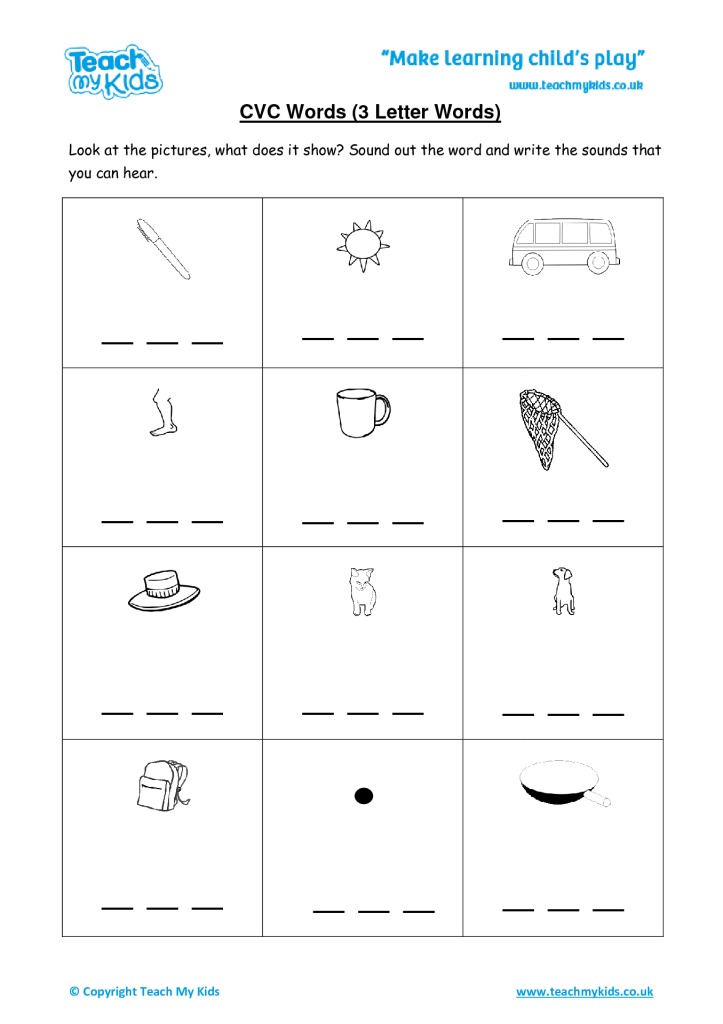 Blend the sound of the vowel and the first consonant with the sound of the second consonant.
Blend the sound of the vowel and the first consonant with the sound of the second consonant.
Step Five: After the vowel sound and all consonant sounds found after the vowel have been blended together, have the student identify the sound of the consonant letter that comes immediately before the vowel.
Step Six: Blend together the consonant sound with the sound of the vowel and the consonant letter or letters that come after the vowel.
Step Seven: If two or three consonant letters come before the vowel and do not join together to form a team, start with the consonant closest to the vowel. Identify that consonant’s sound and blend it with the sound of the vowel and the consonant letters that follow the vowel. Next isolate the sound of the next adjacent consonant letter. Blend that letter’s sound with the sound of the rest of the word that has already been decoded. If a third consonant occurs before the vowel, isolate that letter’s sound last and then blend its sound with the rest of the word.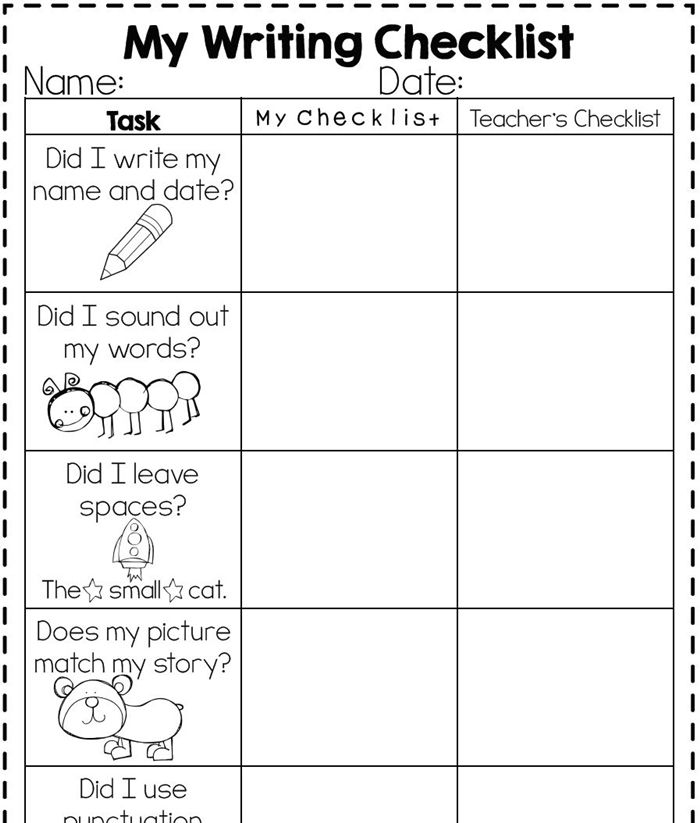
Teach students always to begin sounding out one-syllable words by identifying the sound of the vowel within the syllable first.
Researchers have discovered that syllables can be subdivided into two component parts. Onsets are that part of the syllable that consist of whatever consonants occur before the vowel; rhymes are that part of the syllable containing the vowel and whatever consonants follow the vowel. Researchers have further identified the fact that students are more easily able to decode a word by being taught to isolate the onsets and rhymes within words. Thus by teaching students to start the decoding process by isolating the sound of the vowel and any subsequent consonants which follow the vowel, you are in effect teaching students to subdivide a syllable into its most basic component parts.
When sounding out a word, your student is being asked to perform two tasks simultaneously: 1) to associate a specific sound with a specific letter and 2) to blend smoothly one sound to another.
The Teacher’s Guide: Third Grade to Adult EditionEither of these two skills can individually be difficult for some. Blending for someone to whom this concept is foreign can be particularly challenging. However with persistence your student will learn to perform both of these skills automatically.
Continue to next page.
Return to At-Risk and Struggling Readers Home Page
9 insidious words that you have the right to pronounce differently
Remembering all the complex stresses is difficult, but real. And to make it at least a little easier for you and not want to burn the stress dictionary from hopelessness - here are the few words that can (!) be pronounced differently. And no one will accuse you of monstrous illiteracy. But it is not exactly.
Radio and TV announcers have their own orthoepic dictionary - "Russian word stress" edited by Maya Zarva. You can check it online on the website gramota.ru. Look at the column "Russian word stress".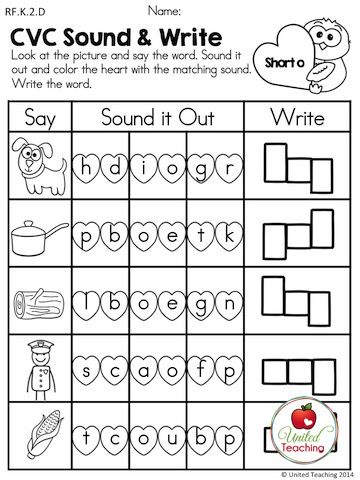
Correct: tv O horn and creation O
The most useful product, especially for those who suffer from calcium deficiency, and even with a double emphasis. "Cottage cheese" has at least two of them: cottage cheese and cottage cheese. Surely there will be defenders of both the first and the second, but there is no need to argue: both options for stress are equal. And to call any of them wrong is wrong. Some dictionaries still insist on stressing the last syllable “tvog”, but Vladimir Pakhomov, editor-in-chief of the indispensable Gramota.ru, assures that variants in Russian are normal. Also, "cottage cheese" does not have a plural, don't even try to form it. And in a related adjective, the stress will be one - "curd". There are no options here.
Correct: pizzas and me and pizzas E ria
We are moving from cottage cheese to less healthy (but very tasty). It's easy with pizza. It is not very clear where they eat it: in a pizzeria or in a pizzeria? Although we have been eating pizza for a relatively long time, the borrowed word "pizzeria" still takes root, so most dictionaries again call the options equivalent.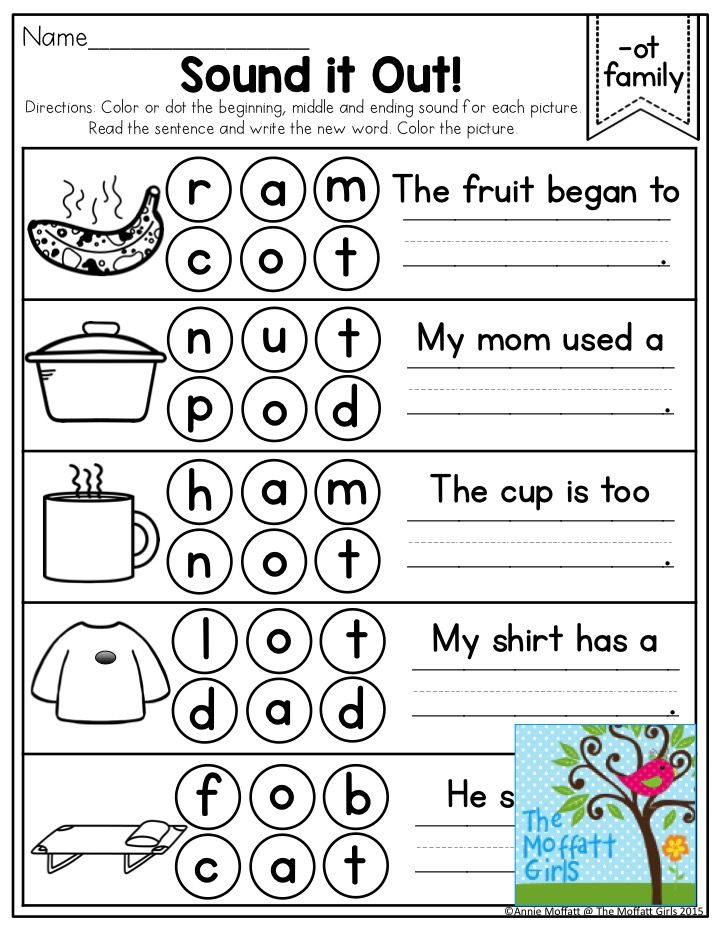 That is, everyone can choose an option to their liking (or taste). If you want to speak in the Italian manner, then put the emphasis on “pizzeria”, and if you want, like announcers, then you need to say “pizzeria”.
That is, everyone can choose an option to their liking (or taste). If you want to speak in the Italian manner, then put the emphasis on “pizzeria”, and if you want, like announcers, then you need to say “pizzeria”.
Correct: bases AND lika and basil AND ka
Travelers, this is for you. Surely you shyly lowered your eyes when you didn’t know how to pronounce this word correctly in the guide (it’s good if you read to yourself - it’s easier). A basilica is an elongated rectangular building divided inside by pillars or columns. Most often built in Antiquity or the Middle Ages. With the lexical meaning finished, let's move on to stress. The word comes from the Latin basilica. And it, in turn, is from the Greek basilikos. So - each of these words had its own stress, which was preserved in the Russian language. Previously, the option "basil" was the only correct one, but now most dictionaries give two equal options: basil and basil. Radio and TV journalists are encouraged to speak in the old fashioned way.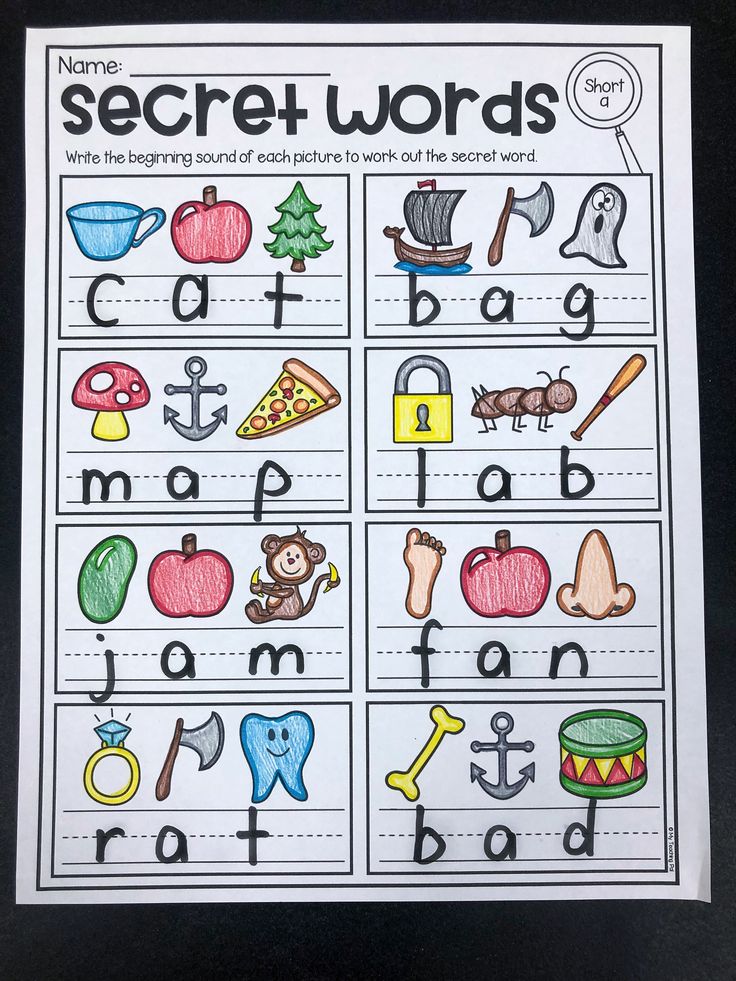 Well, if you are not up to basil, but just need to say about the herb (seasoning) - the emphasis on the last syllable is basil.
Well, if you are not up to basil, but just need to say about the herb (seasoning) - the emphasis on the last syllable is basil.
Correct: m A marketing and branding E ting
Now a bit of a surprise for the marketing people. In a professional environment, they say "marketing", since the word comes from the English "market". And for some reason, linguists prefer the option with an accent in the middle of the word - "marketing". Dictionaries most often give these options as equals.
Correct: kulin A ria and cookery I i
Let's not bore you and say right away that the name of the place where you buy cakes and buns for yourself can be pronounced differently. According to the old norm, the stress was on the third syllable: culinaria (from Latin culinarius - "kitchen"). Now "culinaria" in some orthoepic dictionaries is marked as obsolete. And in the dictionary "Russian verbal stress" preference is given to the stress on the letter "and", that is, "cooking".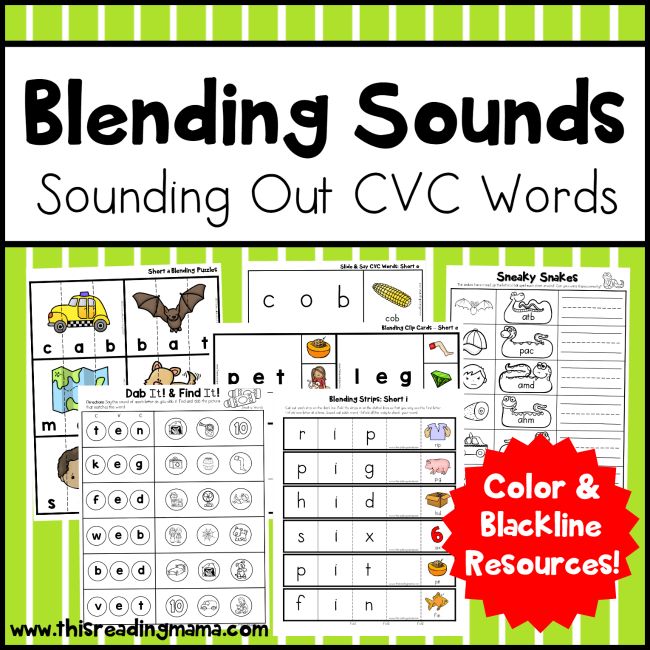 In general, in oral speech, if you are not an announcer, the choice is yours: you can speak cooking and cooking. But it is recommended to put the emphasis on "and": go to cooking.
In general, in oral speech, if you are not an announcer, the choice is yours: you can speak cooking and cooking. But it is recommended to put the emphasis on "and": go to cooking.
Correct: to be on duty on Wednesdays A m or on Wed E living quarters
Yes, you yourself know everything about the environment. But to remind - it will not be superfluous. In general, they say, it is useful to repeat. If we mean the day of the week (most likely it is), we put the stress on the last syllable "Wednesday". And this is the only way, even if some dictionaries add that in colloquial speech one can also speak on "environments". No. But it is possible if we mean the habitat or environment. Then already - on Wednesdays.
Correct: fen O men and fen E n
Be phenomenal and finally remember the correct pronunciation of this word. But here, as they say, everything is complicated. There are words that you just need to learn by heart. And the "phenomenon" is one of them. Some dictionaries share the use of the word: "phenomenon" is an exclusively scientific term, and when we talk about something extraordinary or about some person with outstanding abilities, talents, then the options can be different - phenomenal and phenomenon. But the preferred option, so that no one quarrels, is with an emphasis on the second syllable, regardless of the meaning.
And the "phenomenon" is one of them. Some dictionaries share the use of the word: "phenomenon" is an exclusively scientific term, and when we talk about something extraordinary or about some person with outstanding abilities, talents, then the options can be different - phenomenal and phenomenon. But the preferred option, so that no one quarrels, is with an emphasis on the second syllable, regardless of the meaning.
Correct: at the same time E at the same time and at the same time E exactly
In the Russian word stress dictionary, the correct options are considered to be “at the same time”. The same options are given by the old dictionaries of Dahl and Dolopchev. But already the modern Orthoepic Dictionary of the Russian Language and the Dictionary of Difficulties of the Russian Language call two forms of pronunciation acceptable - simultaneously. By the way, Yevgeny Grishkovets wrote about double stress in this word. The play is called “simultaneously”.
Correct: character A character and character E character
Again, the difference in meanings, which determines which syllable is stressed. Characteristic means typical, characteristic of someone or something: characteristic speech, gait, characteristic face. And “characteristic” is an adjective that describes a character (wayward, stubborn, heavy) or is used in conversation about performing arts. For example: character actress, role, character person.
Defects in diction. How to learn to pronounce the most difficult sounds and words correctly? News. Channel One
Dozens of superstars in Hollywood and show business do not hide the fact that in childhood they were terribly notorious. Difficult relationships with relatives and peers made their memories of their youth painful. But they gave an incentive to get rid of self-doubt and reach stellar heights. But are complexes always beneficial? After all, the famous serial killers or dictators also spoke about a terrible childhood in their confessions.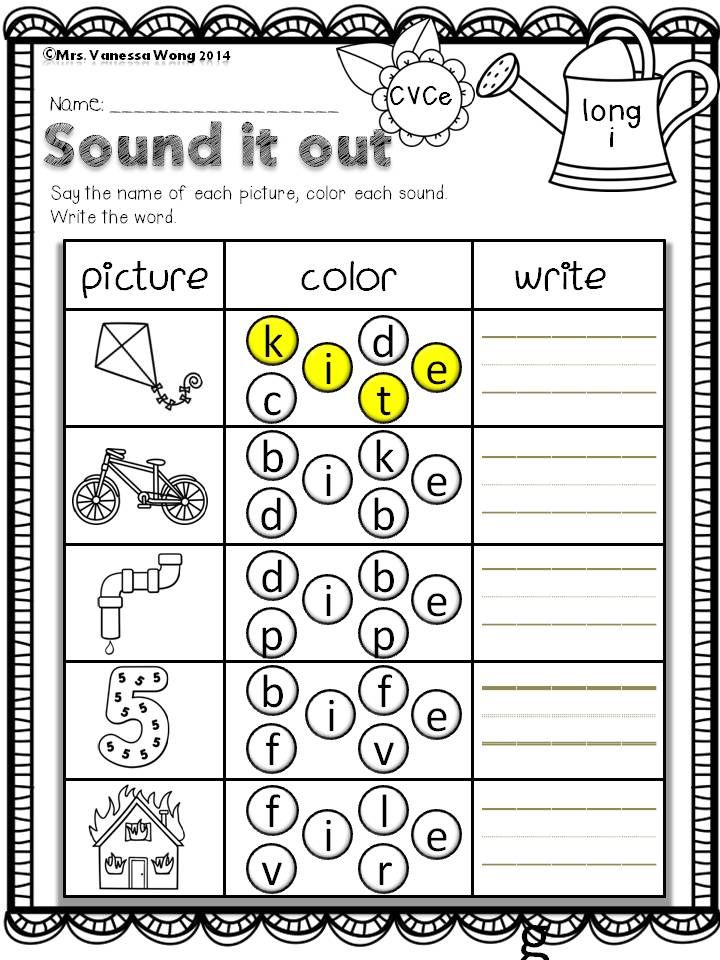
Report by Victor Averin.
In the 5th "B" class of the Irkutsk school - not quite an ordinary lesson. The children were invited to talk about shyness and how to overcome it. Teachers are sure: if a student knows the lesson, but hangs out at the blackboard, if he is afraid of his own mistakes and ridicule of classmates - do not expect a good answer from him.
Nastya Podlinyaeva: "If you go to the blackboard or the stage, you need to look at one point. And not see that there are many, many people in front of you. And this kills shyness. And then, when you get used to it, you can already look at people. There will be no more fear."
Fear of becoming a laughingstock gives rise to shyness or, on the contrary, aggression. And ultimately leads to the appearance of complexes in the child. If a student feels that he is worse than everyone else in the class, it is time for the teacher to intervene.
Irina Kiseleva, school psychologist: "We can cope with these complexes only when we believe in the child.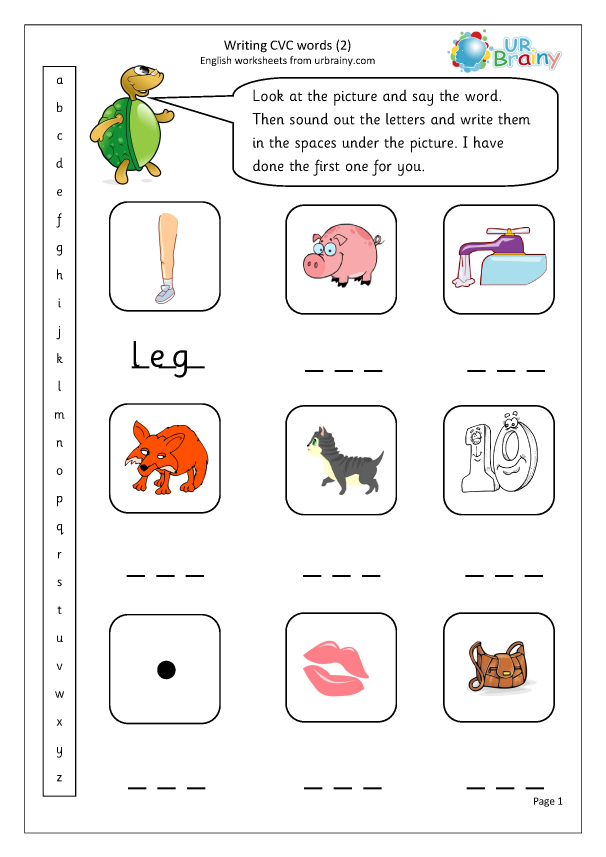 The more we pay attention to his successes, the more we celebrate his successes for the child himself, the easier it will be for him to overcome this fear".
The more we pay attention to his successes, the more we celebrate his successes for the child himself, the easier it will be for him to overcome this fear".
Shikhzot Yusupov did not come out tall. He is shorter than his peers. Because of this, the 8-year-old boy began to have problems both at school and in the yard. He was teased, beaten, not taken into the company. Parents took their son to the karate section. Now the kid knows for sure: it's not about height and strength. Even a weak one can give a rebuff to offenders. After all, the main thing is to be confident in yourself.
A student of the 9th grade of the Kemerovo school Gayk Tavakalyan looks at his childhood photos with a smile. When he came to the first class, huge, awkward glasses flaunted on his nose.
Glasses helped restore vision and are no longer needed. The bespectacled complex was avoided. Parents explained to their son in time - glasses are not a sign of inferiority, but a temporary necessity.
Svetlana Goncharenko, pediatric ophthalmologist: "We very often cite ourselves as an example to them.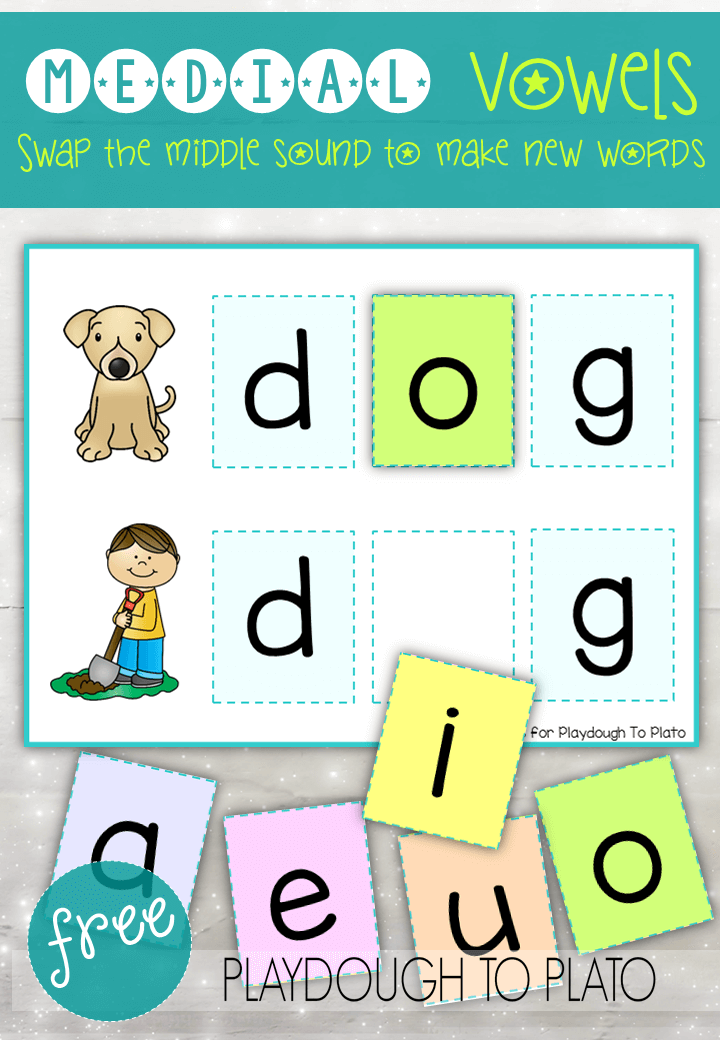 That's when children at school call names, they don't want to wear them, we say: "Well, you see, I'm wearing glasses, no one calls me names, that's normal state." It helps."
That's when children at school call names, they don't want to wear them, we say: "Well, you see, I'm wearing glasses, no one calls me names, that's normal state." It helps."
This psychological training is attended by teenagers who have different problems, but one common problem is self-doubt. Someone could not find a common language with their parents, someone has conflicts with peers. Dasha does not wear glasses, she is fine with her height, but in her class she is still a white crow. The girl lived in England for 2 years and now it haunts neither teachers nor classmates.
Daria Khavchenko: "They're fixing my accent. I have an English accent. The teacher speaks to me differently. And sometimes I quarrel with her because of this. It infuriates me. Sometimes I get into such a state that I leave the class I have such aggression.
Through games, exercises and conversations, psychologists help these teenagers to understand themselves. And learn to accept yourself with all your advantages and disadvantages, which absolutely everyone has.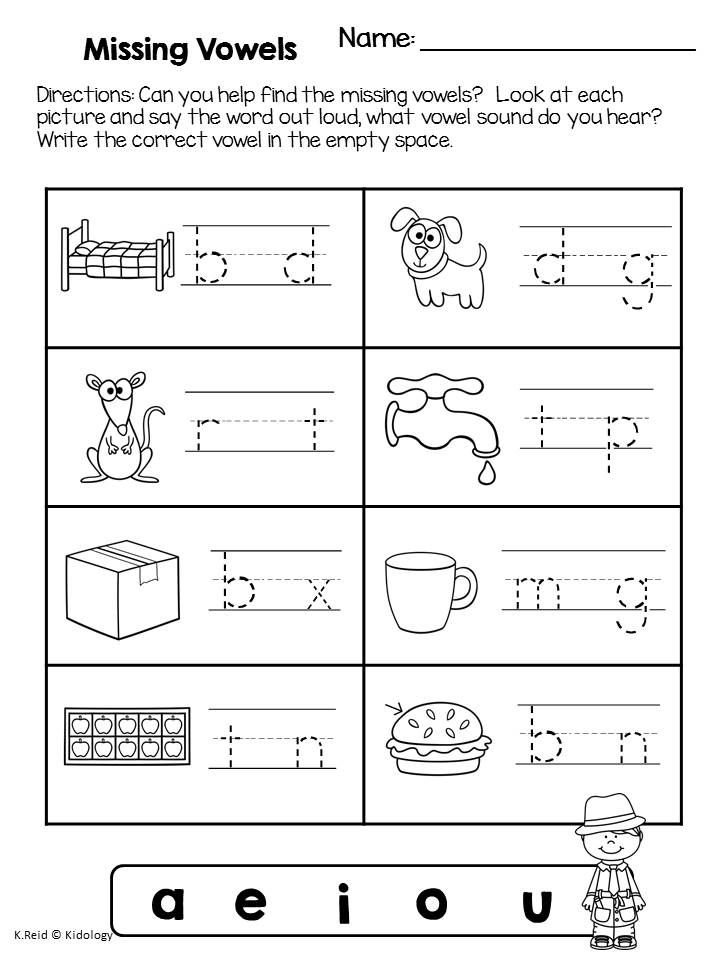
Darya Ryazanova, psychologist: "The reason is not that the child has or not. But how he feels, feels. Yes, I stutter. So what? Yes, I'm small. So? the rest immediately begin to also feel respect for him, sympathy.
But the best training for a child is his own family, experts say. If parents do not demand the impossible from their child, understand him and love him for who he is, the child will cope with any problems.
Leonardo da Vinci, Winston Churchill, Albert Einstein, Tom Cruise and George W. Bush. Do you know what all these people have in common? In childhood, they all suffered from dyslexia, i.e. suffered from speech and reading problems. However, dyslexia did not in the least prevent them from achieving fame and recognition, but can bad diction become an obstacle to achieving the goal? We will talk about this with speech therapist Svetlana Tomilina. Tell me, how early can you recognize that a child has dyslexia?
GUEST: Dyslexia is a reading disorder, and it can really be recognized when a child begins to learn to read.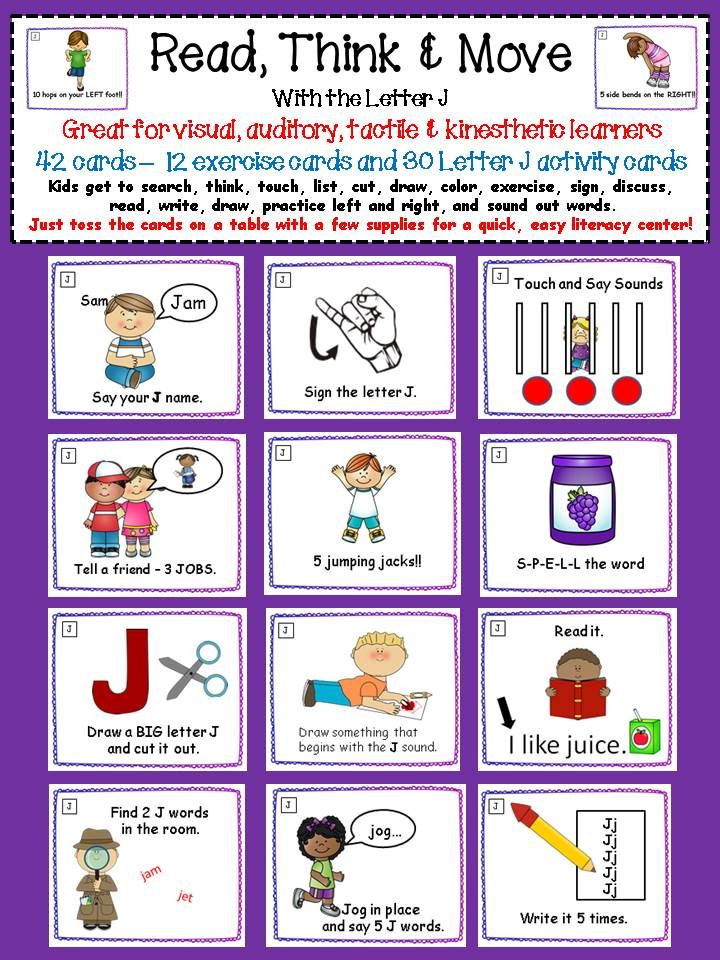 But it is possible to assume that he may have dyslexia much earlier. If a child has some kind of speech impairment associated with a lack of phonological perception, then most likely he will have a problem during learning to read and write.
But it is possible to assume that he may have dyslexia much earlier. If a child has some kind of speech impairment associated with a lack of phonological perception, then most likely he will have a problem during learning to read and write.
HOST: Is it all well treated?
GUEST: This can be perfectly treated if it is recognized in time and correctly diagnosed.
HOST: In general, what are these diction defects connected with?
GUEST: An unfavorable course of a mother's pregnancy, for example, or an unfavorable delivery may subsequently adversely affect the child's speech development. Often we talk about a short hyoid frenulum, there is such a frenulum under the tongue.
HOST: Is overbite also considered to interfere with correct pronunciation?
GUEST: Yes, if the bridle is shortened, then the upper sounds "Ш", "Ж", "Ч", "Ш", "Р" and "L" may not be formed in time. More often than not, they are the ones who suffer. If a child has an incorrect bite, the so-called prognosis, when the child’s upper teeth protrude above the lower ones, or vice versa, prognosis, when the lower teeth protrude above the upper ones, this can affect the incorrect sound pronunciation, and moreover, it has a very bad effect on the physiology of the child.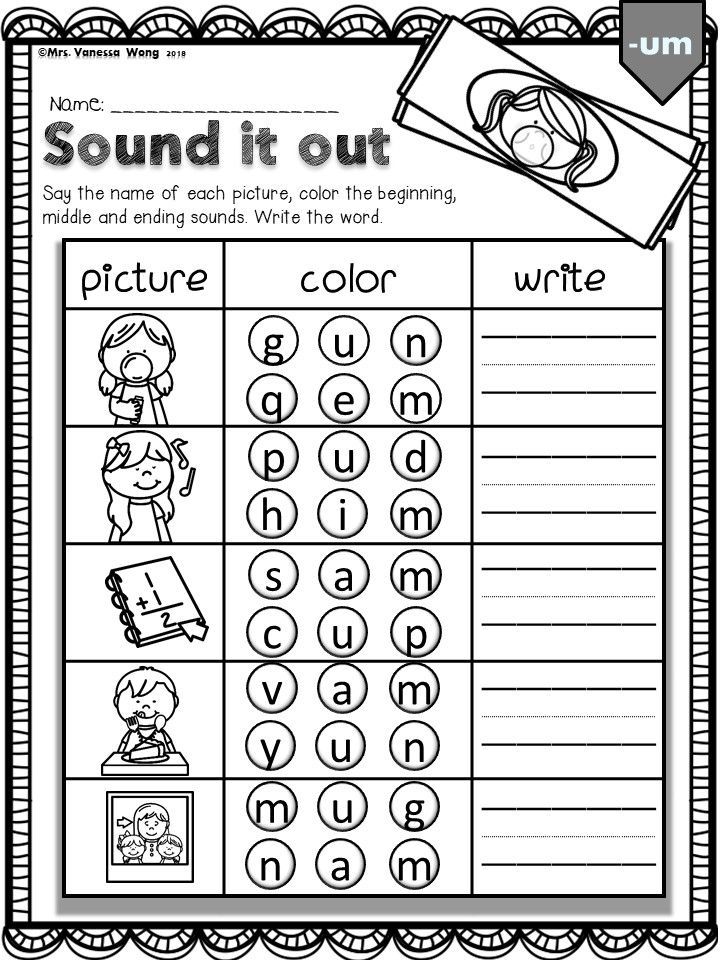
HOST: At what age should a child start talking, what do you think?
GUEST: By the year he should have the first words, by the age of two and a half he should already have phrase speech, a short phrase, it can still remain grammatical, incomprehensible, but phrase speech. By the age of three, his vocabulary reaches several hundred words, and by the age of five, several thousand words. And by the age of five, all sound pronunciation should be formed.
HOST: So I didn’t pronounce the sound “P” for quite a long time, somewhere up to 4 years, and then suddenly, quite unexpectedly, I woke up and said, but in fact, when such problems arise, is it necessary to torture a child, to force him to do something? something to pronounce and in general how to recognize where there are problems with diction, and where it’s just not time yet?
GUEST: If he speaks by replacing the sounds of the Russian language with the existing sounds of the Russian language, then the prognosis is favorable.